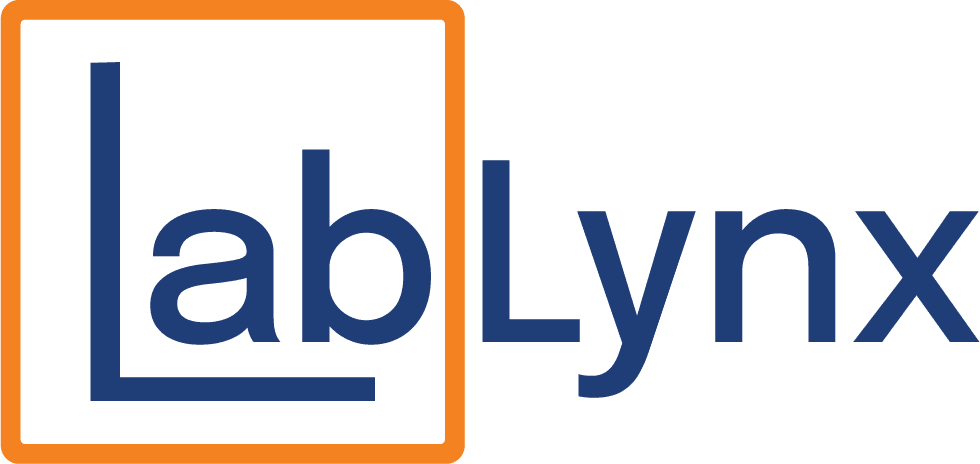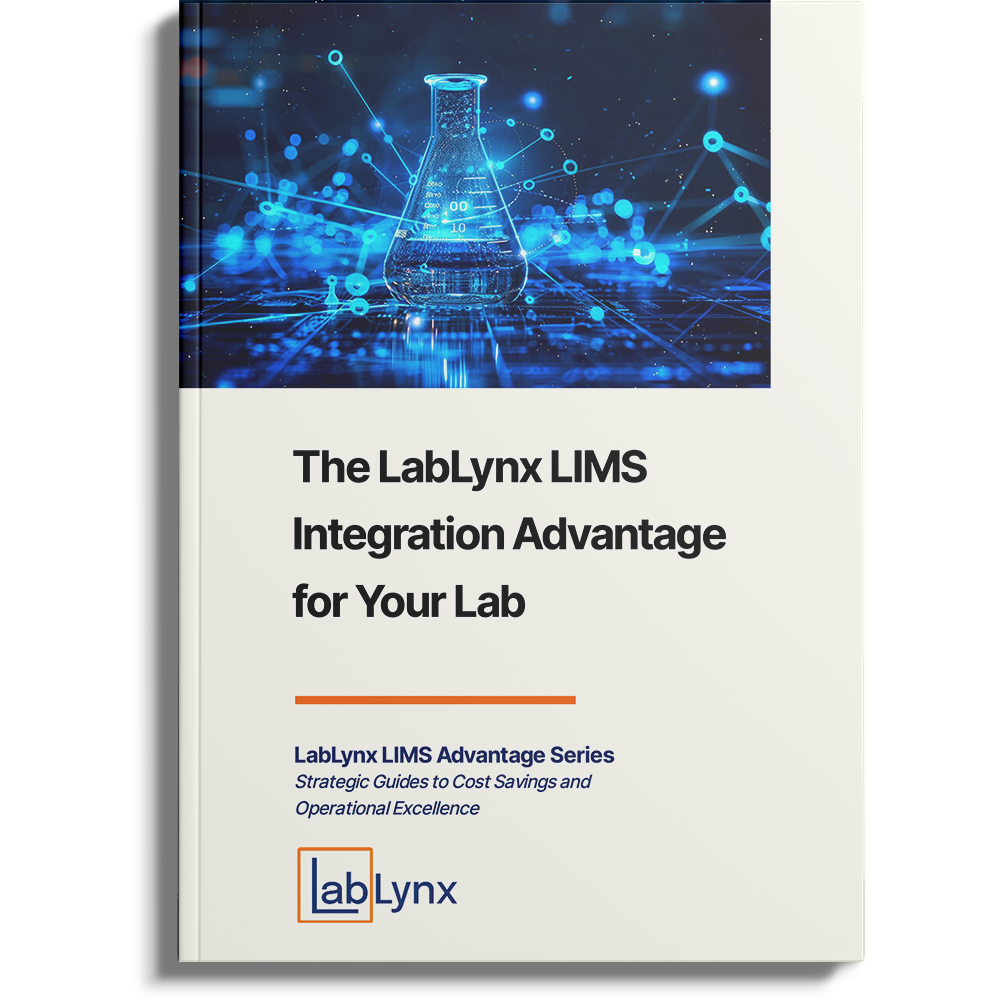
Starting and operating a laboratory is a vast and challenging undertaking. While securing the funding for a new lab represents progress and positivity, some intricacies exist in purchasing, hiring, and performing daily operations that are crucial for success. More than just a depth of scientific understanding is needed to set up a lab to guarantee years of fruitful and efficient analyses and research.
Whatever the field, running a lab is similar to operating a corporation. Applying for funding, allocating resources for employees and equipment, and thinking about administration and leadership are all necessary steps in starting a lab as a business. A lab will function more efficiently if time is taken on the upfront design and arrangement of the lab’s operation, allowing the focus to remain on crucial data production and research questions.
Unfortunately, many labs do not develop an appropriate data management process, relying on inefficient hybrid systems consisting of expensive staff resources and specialized knowledge. As the lab evolves and staff changes, the solutions that were piecemealed together no longer suffice, leaving a gaping chasm that disrupts the flow of information. There is also the potential for laboratories to handle multiple areas of the operation using inappropriate information management tools, which eventually proves to be counterproductive overall. However, properly implementing a well-designed and -supported laboratory information management system (LIMS) can circumvent these challenges.
Finding the appropriate LIMS for a laboratory is crucial in the start-up phase of the business. Having a scalable LIMS configured to the needs of a new lab can make a critical difference in initial success metrics, which can be crucial for planning, funding, and growth.
What is a LIMS?
A LIMS is a type of software created to increase lab productivity and efficiency by managing and tracking information on samples, experiments, lab workflows, safety and regulatory adherence, and equipment. A LIMS functions as an additional team member, automating processes and keeping track of all the crucial sample data, workflows, and outputs that your lab produces every day.
A LIMS does more than merely record data about your samples, research, and results. You may actively control every aspect of your lab’s workflow, from consumables and personnel management to sample management and instrument maintenance.
A LIMS can track and handle samples as its main function, but it is capable of much more. It can:
- Automate workflows to eliminate human error,
- Centralize quality control data access and storage,
- Encourage compliance initiatives,
- Produce reliable results more quickly,
- Manage samples and associated information, and
- Enhance the effectiveness of the lab by integrating it with equipment or other in-lab systems.1
Laboratories today produce an abundance of valuable data. To manage and optimize the laboratory and the business it supports, it is crucial to track samples and the related test data throughout the laboratory and use that data to provide certificates of analysis, management reports, and other information-based insights. A LIMS can effectively support and manage the lab’s workflow and can also promote and aid compliance with laws, regulations, and industry standards.
A solution that can satisfy your laboratory’s needs in an all-inclusive and customizable platform is imperative for seamless and coordinated laboratory operations. Instead of relying on solutions with heavy staffing and diligence, the LIMS can help consolidate these tedious processes and create a central location for laboratory data management.
Equipping and organizing a new lab
Once start-up funding has been secured with careful planning and budgeting, it is time to allocate resources for equipment, supplies, and data management systems. There are numerous considerations for equipping a productive, functional lab space.
The right tools and equipment for the lab’s purpose are essential. Once you have identified all the equipment and supplies needed, talk with various vendors about start-up packages, keeping in mind what pricing includes, such as support, service, and training.
Managing compliance with safety regulations is non-negotiable, and adherence to protocols can be effectively managed with the right LIMS. Starting a new lab requires balancing purchases of all necessary equipment, supplies, and information management systems without compromising safety, research, or your operating budget.
A LIMS reduces the need for data entry and allows faster and easier retrieval of information, all of which contribute to a higher return on investment (ROI) both in the start-up phase and throughout the lifecycle of the laboratory.
Lab data management challenges
Organizational challenges arise in the testing lab, including quality control, contract testing, and routine/non-routine testing issues. These issues can be addressed by using a LIMS. A LIMS is designed to aid you in strengthening the oversight of your lab’s operations and managing the workflow of your team’s operations.
The dilemma with many labs is that they can fail to create a data management plan for the lab and instead rely solely on a hybrid system of expensive human resources and specialized programs to handle their data management functions. A well-designed LIMS used from the start, during the establishment of the laboratories processes, can help avoid operational issues and increase efficient performance from the beginning.
When selecting the appropriate platform, some considerations should be made to ensure streamlined operations. For example, sample tracking is needed for laboratories to ensure the validity and accuracy of the samples being tested. An absence of coordination in this area could be disastrous and could lead to improper testing and reporting.
Using proper consideration when selecting and ultimately funding the initial organizational tools at the onslaught of a laboratory can reduce some of the complications that a laboratory could have due to a disorganized or non-reliable laboratory data management system.
To reduce the number of challenges you could experience, consider streamlining your operations through an inclusive information management system that can help with an abundance of tasks to improve the operation of your laboratory.
LabLynx ELab LIMS
LabLynx offers a customizable LIMS software solution to fit your laboratory’s needs, regardless of what industry you are in. This tool will allow you to streamline your operation, control your laboratory’s workflow, and increase the efficiency of the research outputs of your facility.
LabLynx has created laboratory informatics solutions that can be customized to fit the unique workflow and procedures of any laboratory. The LabLynx ELab LIMS, electronic laboratory notebook (ELN), document management system, and more are tailored to meet the needs of laboratories across a multitude of sectors. LabLynx can offer a solution that is specific to your laboratory, thanks to our industry knowledge and client-centered approach, giving your lab the benefit of standing out from the competition.
Resources
1 Introduction to the LIMS and Other Information Systems| CDC. Accessed December 7, 2022. https://www.cdc.gov/labtraining/training-courses/lab-informatics/intro_lims_other_info_systems.html




